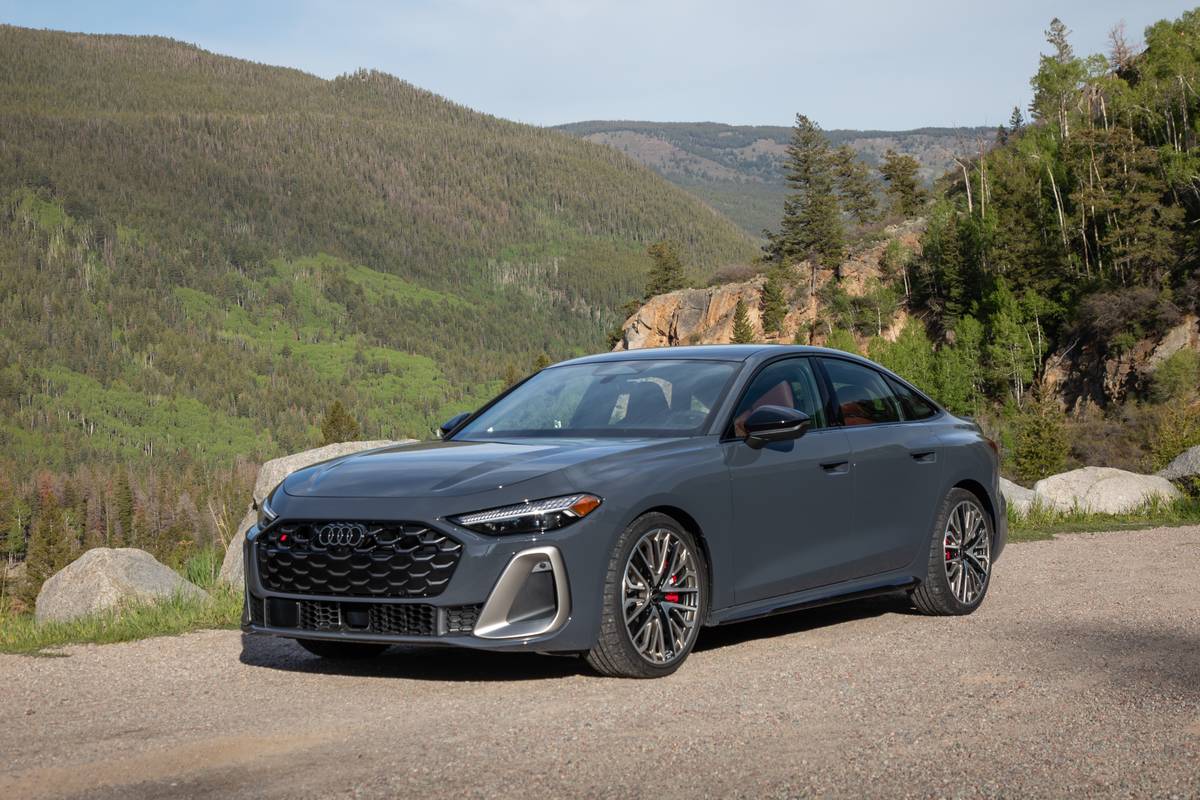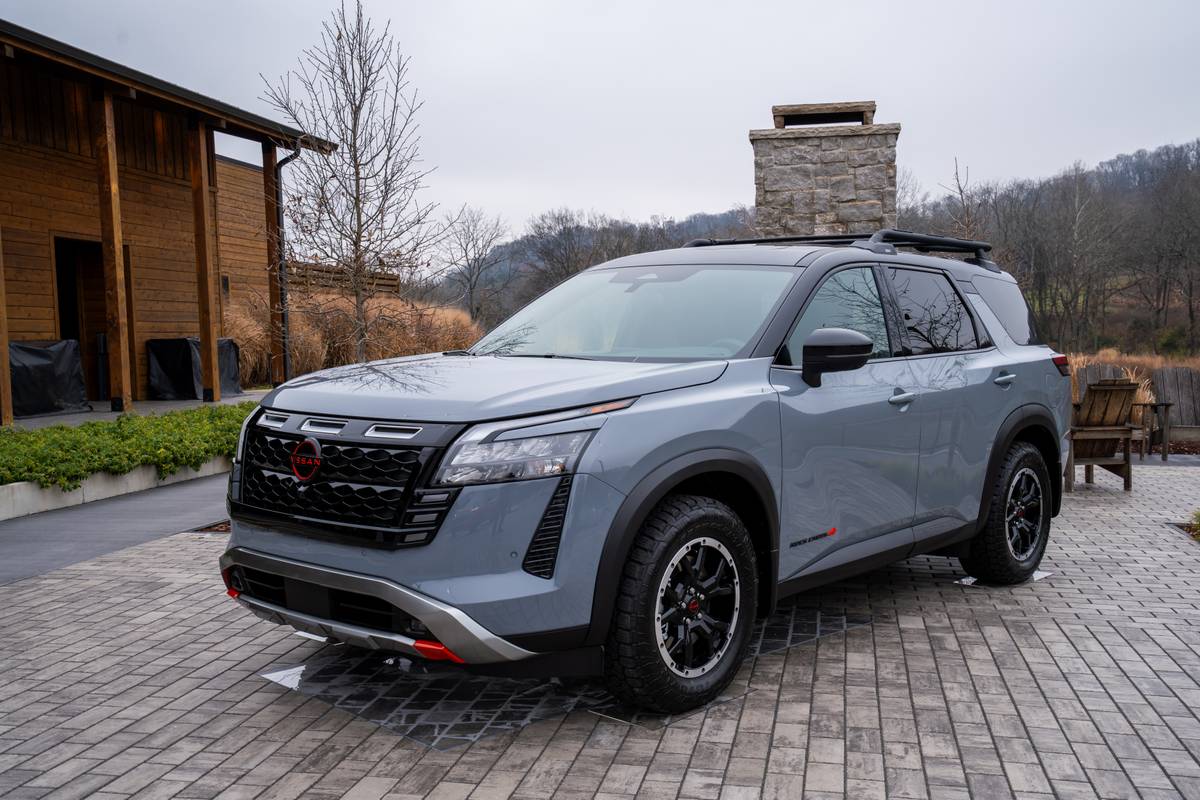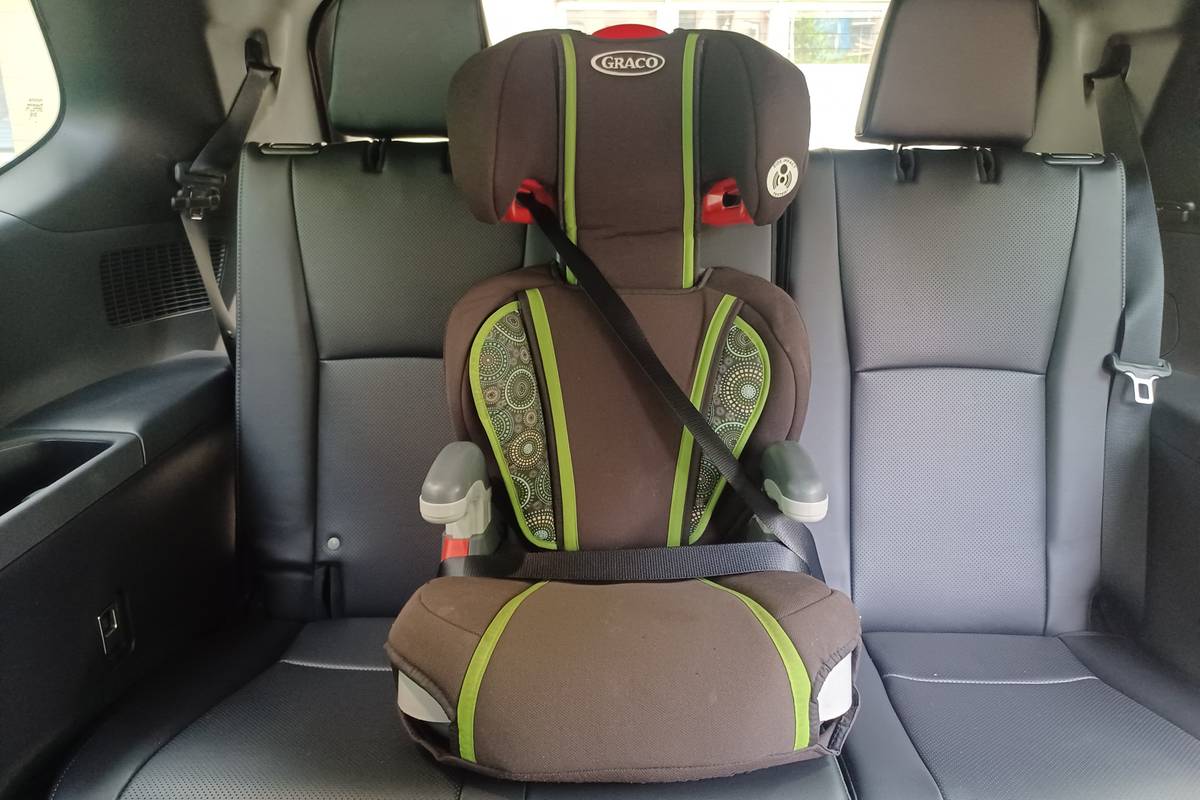washingtonpost.com's view
An Underdog With Some Bite
2004 Chevrolet Malibu
The thing about underdogs is that you never know when they are going to bite your tail. Thus, the best way to deal with them is to pay attention.
Take the Chevrolet Malibu. It first appeared in 1964 as the Chevelle Malibu SS 327. It was popular, but it had its critics. It was introduced with a 230-horsepower engine, later upgraded to 300 hp, in a muscle-car market where 400-hp engines ruled the road.
By the time the Malibu ended its first run in 1983, it had gone through several iterations, ending up as a full-size, rear-wheel-drive sedan bought by working-class families and police departments.
When the car was reintroduced as a front-wheel-drive, mid-size sedan in 1997, automotive journalists wrote it off as a lame attempt by General Motors to compete with the Toyota Camry and Honda Accord. Their derision had some merit.
It is hard to imagine a car with an exterior design more bland than that of the average Camry or Accord, but the 1997 Malibu managed to beat those models in stylistic mediocrity. And to that feat it added several recalls, the most recent one last year.
For all of its problems, the Malibu through the years has had loyal owners — people who swear that its difficulties have been exaggerated at the expense of its virtues. Now, GM is planning to use the extensively redesigned 2004 Chevrolet Malibu sedan to prove that claim and, yes, to take as many family-sedan sales as possible from Toyota, Honda and other makers of affordable family cars.
Advice to GM/Chevrolet rivals: Watch your tails. This new dog has big teeth and lots of growl.
For one thing, it looks better inside and out. Exterior styling is mostly linear, with subtle curves in the front and rear body panels. The look is conservative but sophisticated. There is something blue-, pink- and white-collar about it, which makes it peculiarly American. Call it democracy with class.
The interior is simple — linear, but curved where necessary along the dashboard; well-designed center console; everything ergonomically pleasing. The cabin bespeaks something of European influence. It’s no wonder. The new Malibu, built on GM’s global Epsilon platform, largely was developed by the company’s Opel subsidiary in Germany.
The European influence also becomes evident in the 2004 Malibu’s overall feel — tightness of body, sound deadening, ride and handling.
I drove the upscale, 200-horsepower Malibu LT V6. The body was very tight — as rigid as, if not more so than, current Camrys and Accords. The ride was comfortable. Road noise was diminished. There were no complaints from any of my four irritatingly picky passengers on several trips. Ah, and there was little body sway in curves and around corners in the new model.
The test car came with GM’s optional remote-start feature, which allows you to start the car from a distance of 200 feet. I suppose I could have better understood the value of this option had the weather been bitingly cold or unbearably hot. Remote start allows you to heat or cool the Malibu’s interior, without unlocking the car, before entering. But the weather was nothing short of beautiful during my week in the Malibu LT V6. That rendered the remote-start feature a useless novelty.
Some other Malibu options, I heartily recommend. High on my list are the OnStar communications and navigation system and XM Satellite Radio. OnStar, which can give you immediate contact with emergency and road assistance services, makes your travel safer. XM Radio, as does rival Sirius Satellite Radio, simply makes your trip more enjoyable.
Bottom line: I had a really good week in the Malibu LT V6. I enjoyed driving it. Heck, being a Chevrolet kind of a guy anyway, I might even consider adding this puppy to my motorized kennel. Woof! Woof!
Nuts & Bolts
Complaints: There was some downshifting during acceleration in the Malibu LT V6, but nothing certifiably unpleasant. It left me wishing for a bit more powerful engine, something along the lines of 225 horsepower. But family and friends scoffed, citing my complaint as proof that I have become a recalcitrant throttle jockey.
Praise: An excellent rework of a family sedan. Globally competitive fit and finish. Much-improved interior materials. An honest-to-goodness, globally developed American car.
Head-turning quotient: I deliberately parked the Malibu LT V6 next to every new Toyota Camry and Honda Accord I could find. The results aren’t scientific. But people looked at the new Malibu first, with approval.
Ride, acceleration and handling: All very good. Excellent braking, too.
Body style and layout: The 2004 Malibu is a front-engine, front-wheel-drive sedan. It is also available as the hatchback Malibu Maxx. The sedan has three trim levels: the base Malibu, the popularly equipped LS and the upscale LT.
Engines/transmission: The Malibu’s two available engines include GM’s standard 145-horsepower, 2.2-liter, in-line four-cylinder Ecotec and an optional 3.5-liter, 200-hp V-6. Both engines get GM’s Hydra-Matic four-speed automatic transmission.
Capacities: The Malibu LT V-6 seats five people. Cargo volume is 15.4 cubic feet. The fuel tank holds 16.6 gallons of gasoline. Regular unleaded recommended.
Mileage: I averaged 28 miles per gallon in mostly highway driving.
Safety: Standard anti-lock brakes and traction control. Optional head-curtain side-impact air bags.
Price: Base price on the tested Malibu LT V6 is $22,870. Dealer invoice is $20,296. Price as tested is $24,495, including $1,000 in options and a $625 destination charge.
Purse-strings note: Excellent value for the dollar, and a good-feel car at that. Compare with Toyota Camry, Honda Accord, 2004 Mitsubishi Galant.
Latest news


10 Biggest News Stories of the Week: Toyota Camry, Corolla Cross Hybrid Ease Past Nissan Pathfinder

